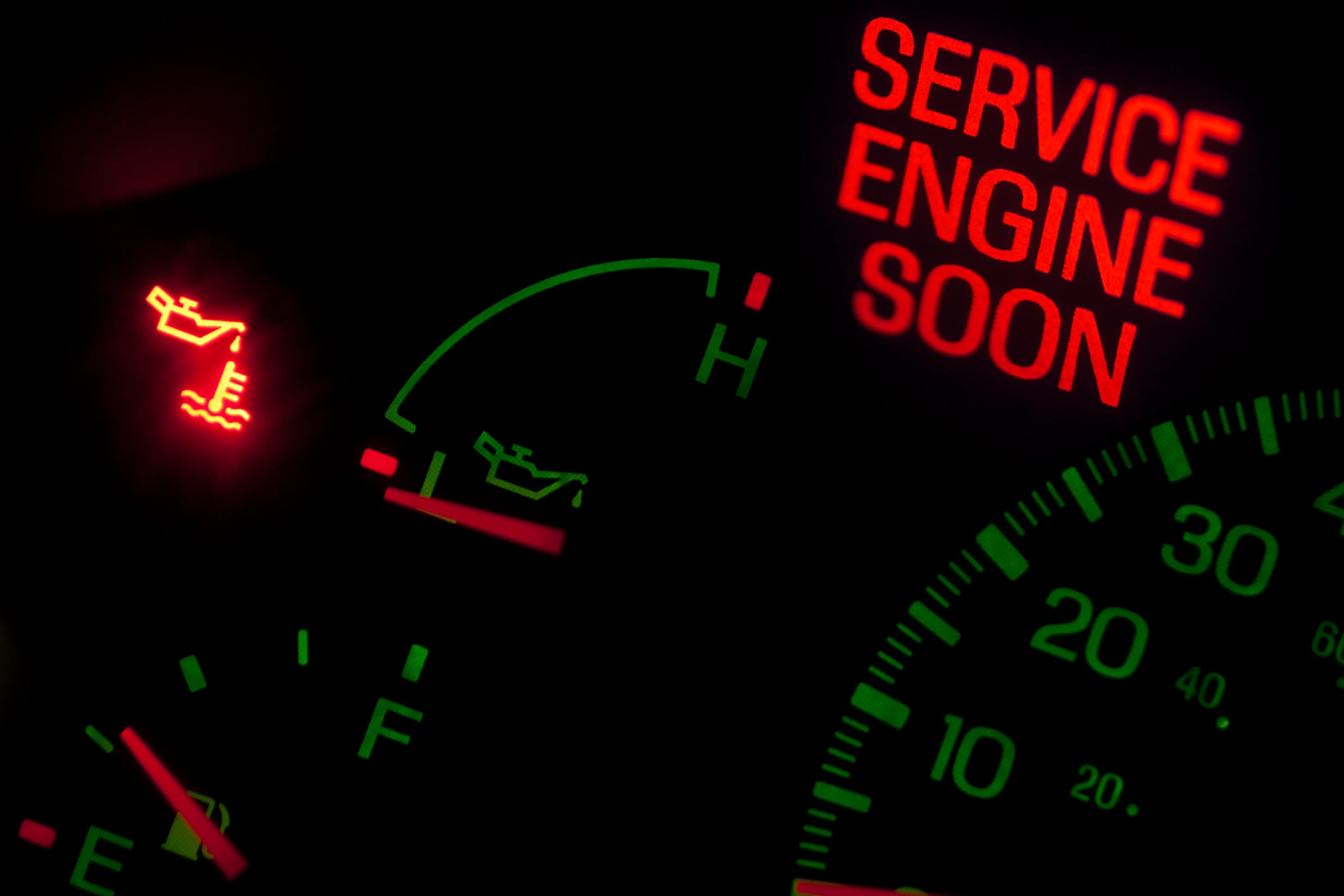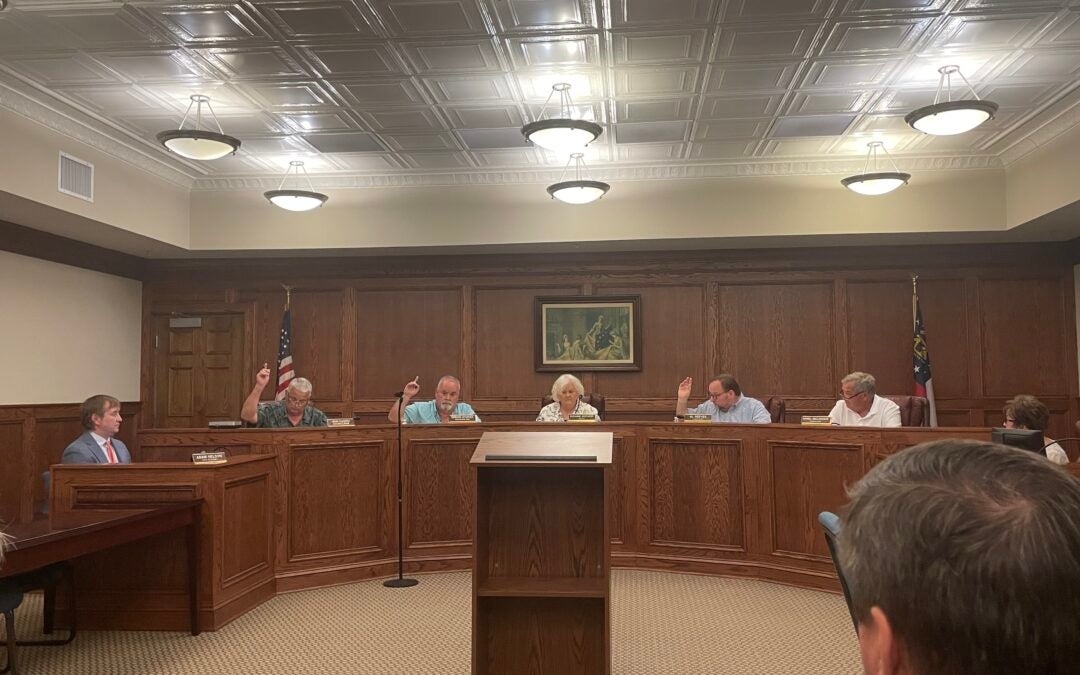(Disclaimer: The opinions expressed in this column are those of the author and do not necessarily reflect those of The Augusta Press.)
Check engine lights never appear at a convenient time. Mine normally comes on when I am hours away from the house or near some holiday that my money is already earmarked for. While they are annoying, many times check engine lights are only indicating a minor issue that can be repaired quickly and cheaply.
As a technician, I get asked what to do about check engine lights at least once a week, and my answer is always a question. What is the code? Is it blinking? Have you noticed any difference in performance or fuel economy?
The light is obviously indicating a problem, but there needs to be more investigation.
The biggest clue given by a check engine light is the diagnostic trouble code, or DTC, that is stored in the engine control module. It is important to remember that this is just one piece of the puzzle, but it helps guide the technician on what area is problematic. Codes can point to a particular component, a system, or a condition.
Remember, a code is not a diagnosis, and part replacement should not be done until the part or system is tested further. I tell my students that the code is like seeing smoke from a fire. Sure, you know which neighborhood the fire is in, but not which house. Replacing parts before testing further wastes time, money, and creates frustration.
MORE: North Augusta offers new home for Confederate plaques
Not all check engine light events are created equal. The light is federally mandated to come on if your car is exceeding EPA guidelines of pollution by over 50%. Evaporative emissions system malfunctions, secondary air injection system problems, and catalytic converter failures can cause the light to come on but not cause the car to run any differently or be less reliable.
What that means is the light is on because your gas cap is not screwed on tight.
Of course, there are also times when the light comes on and the car stops dead in its tracks. In either case, all we have is the light and the codes stored in memory.
What do you do if the light comes on? If you are driving the car, and the light comes on and does not blink, try to remember what was happening. Were you going up a hill, slowing down, steady throttle or were you flooring it? Was it hot or cold? Any detail can help with diagnosis later and the information should be relayed to the technician.
If the light is blinking, most of the time that means there is a misfire and continuing operation can damage the car’s expensive catalytic converter. It can even cause a fire in extreme cases.
Taking your vehicle to a qualified auto repair facility is the best way to determine how severe the problem is. You can also find automotive parts stores that can scan the vehicle for free and give you a list of the codes. Remember, codes are symptoms and not problems. Deleting them will turn the light off, but only temporarily, and it can make the car more difficult to diagnose.
Also, it must be added that regular preventative maintenance will lessen the possibility of ever seeing the warning light, unless you don’t screw that gas cap in all the way.
As for me, I will see you on the road!
Taylor Bryant is an automotives instructor for Augusta Technical College.










